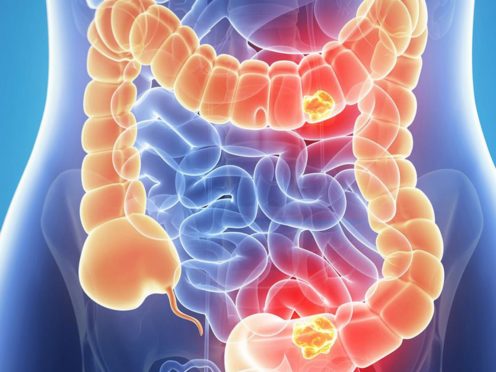Bowel cancer is the fourth most common cancer in the UK, affecting tens of thousands of people each year.
It starts in the colon or rectum and is also known as colorectal cancer.
Dame Julie Walters has revealed she was one of around 42,000 people diagnosed with the condition in the UK each year.

The Mamma Mia! star, 69, was told she had stage three bowel cancer 18 months ago, after doctors found two primary tumours in her large intestine.
The stage and grade of bowel cancer describes its size, whether it has spread and how quickly it may develop.
According to Cancer Research UK (CRUK), stage three bowel cancer has spread to nearby lymph nodes, but has not reached distant body parts.
Treatment can include surgery to remove the tumour, radiotherapy, chemotherapy, or a combination.
Survival rates for men and women with stage three bowel cancer for more than five years after their diagnosis are almost 65%, says CRUK.
Both men and women can get bowel cancer but it is more common in older people.
The risk of developing bowel cancer depends on multiple factors including age, genetics, diet and existing medical conditions such as ulcerative colitis and Crohn’s disease.
Symptoms include change in bowel habits, blood in the stools, weight loss, pain in the abdomen and tiredness.
